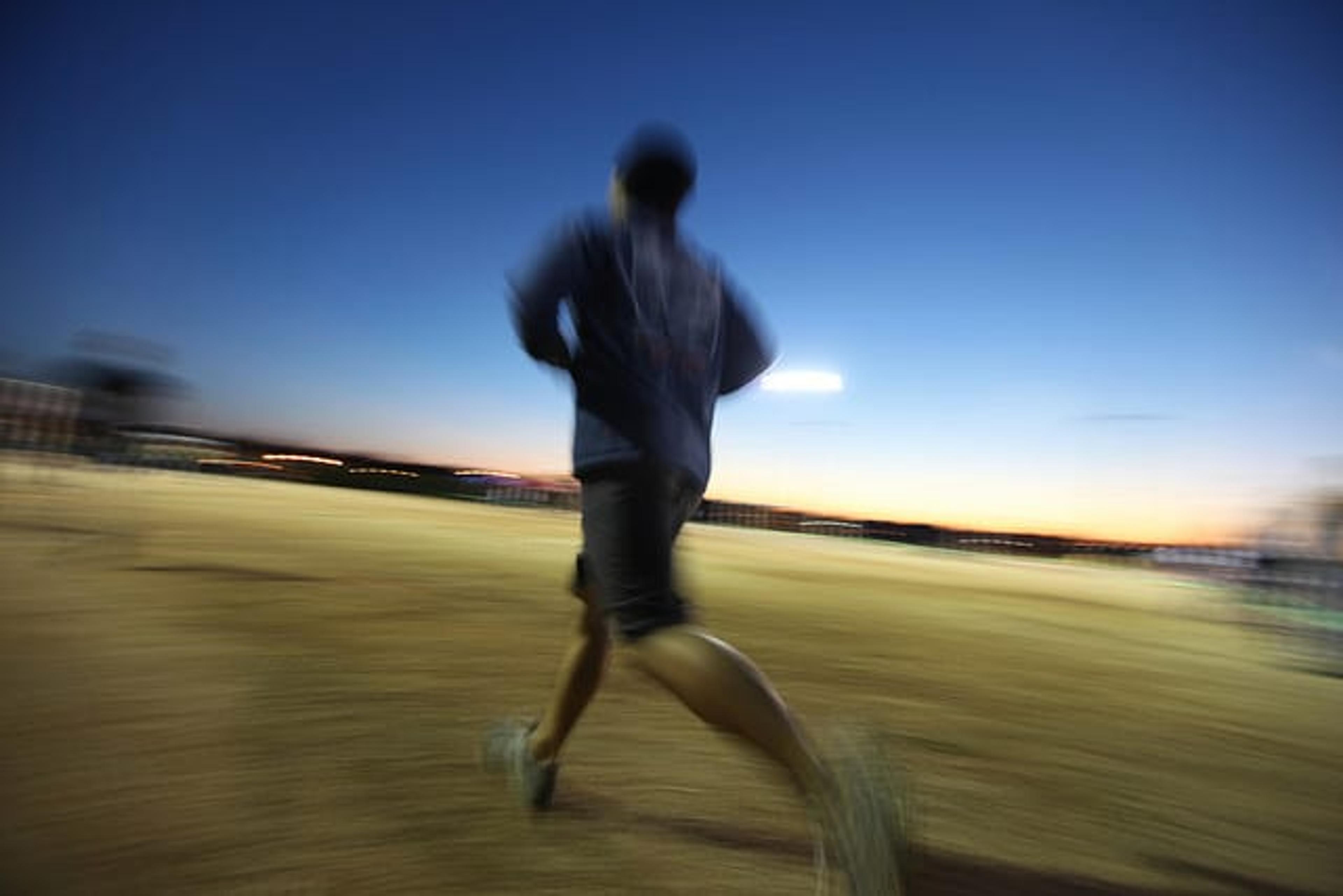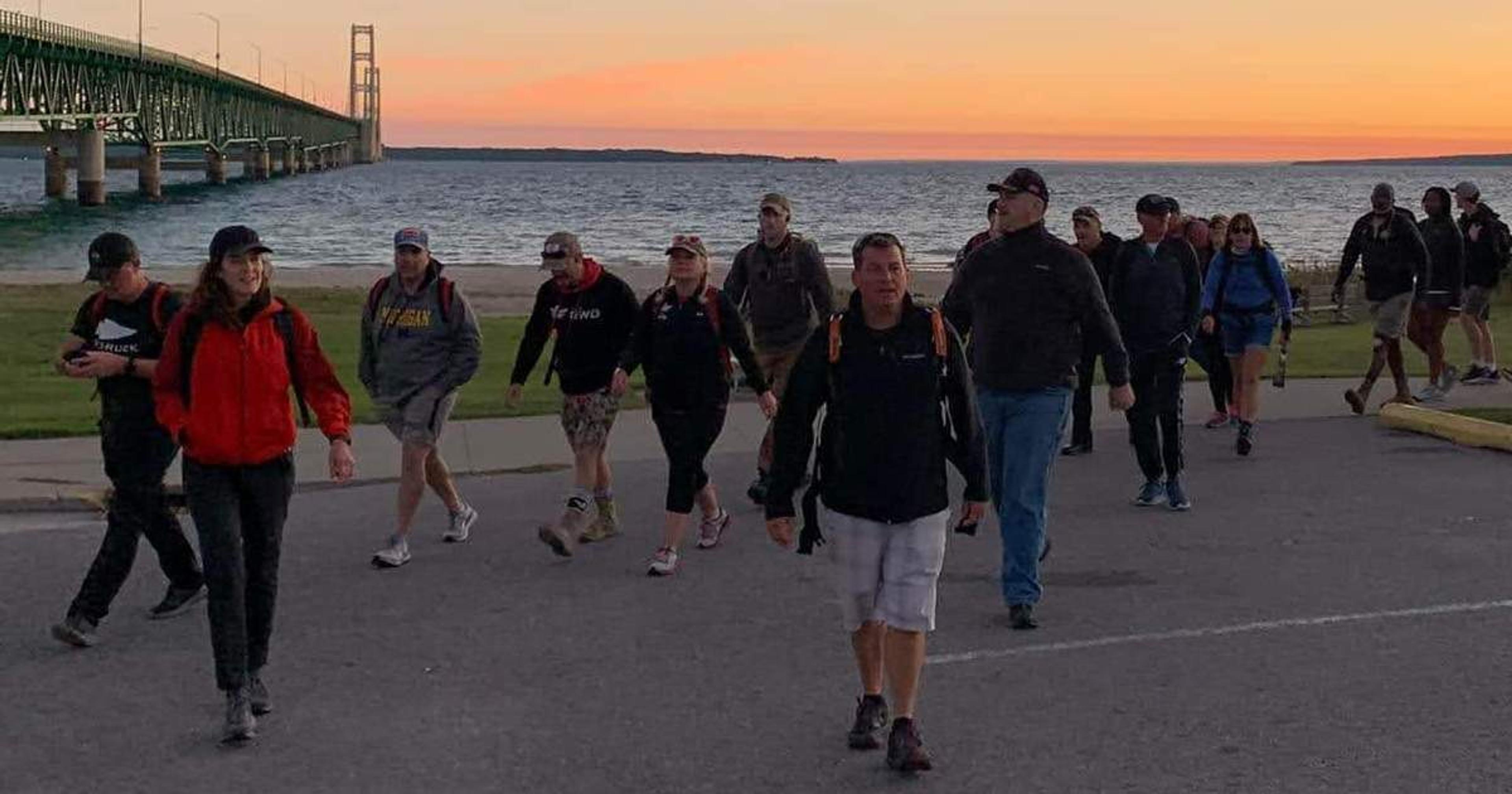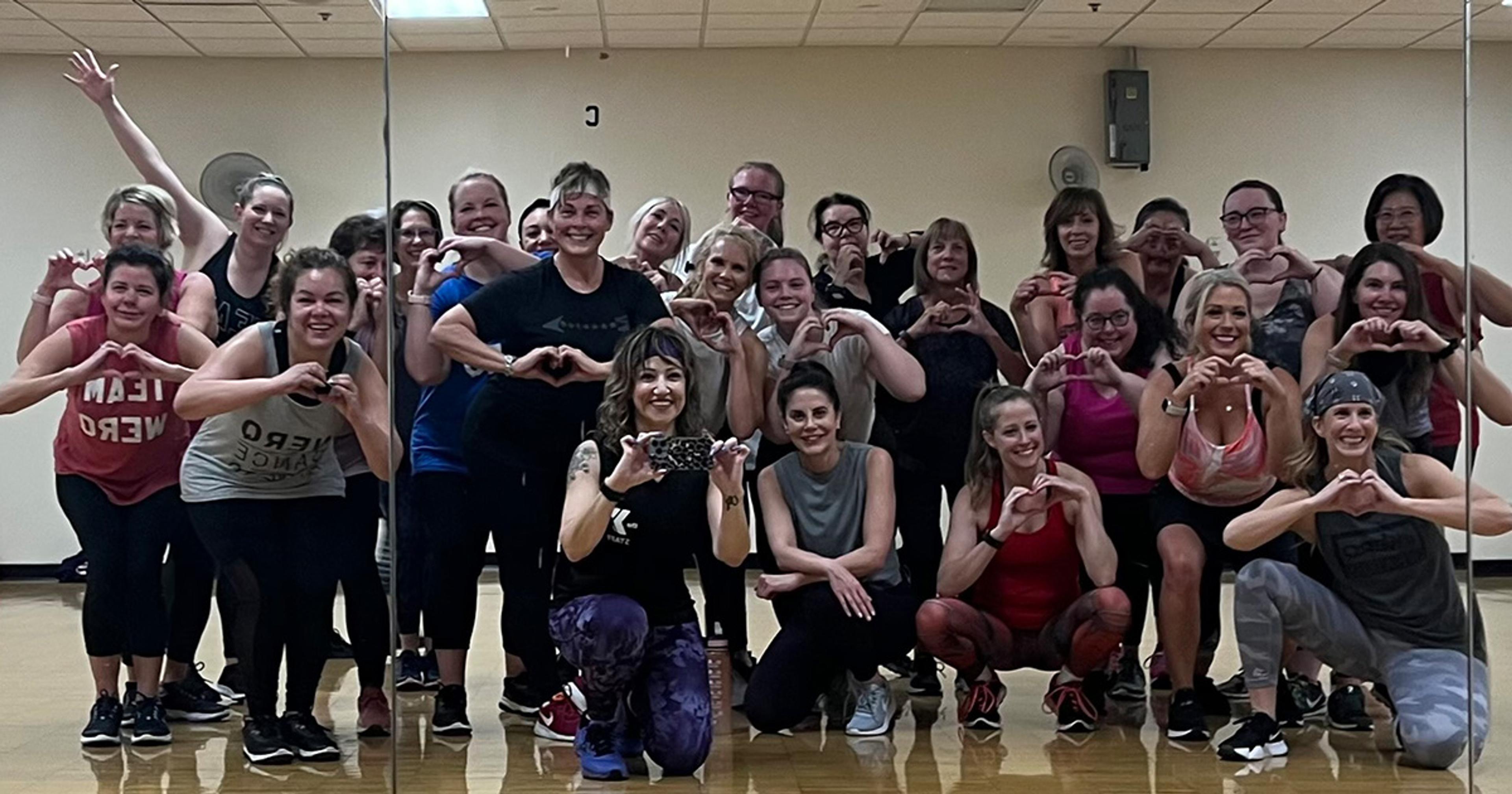How to stay safe when running in the dark
| 2 min read

The days are getting longer (finally!), but that doesn’t mean your schedule is getting any less hectic. Often work and family obligations monopolize the daylight hours, which means you have to exercise early in the morning or late at night. If you’re an early bird or night owl runner, follow these guidelines to get your miles in safely:
1. Plan your route. With more limited visibility, you’ll want to avoid or anticipate as many obstacles as possible—think potholes, sidewalk dips and low-hanging branches. Come up with a few “dark loop” courses in your neighborhood that are easy or stick to paths you’re super familiar with. Make sure to map out a few different routes and vary which one you run from day to day. This will help prevent your daily runs from growing monotonous (plus it will make your course less predictable if you’re concerned about unsavory characters hanging out in your neighborhood and watching you).
2. Make yourself visible. You should try to stick to well-lit paths, but this might not be an option where you live. In these scenarios, it’s important to dress appropriately, especially since most accidents involving runners occur at night when the runner is wearing dark clothes. Be sure to wear light-colored clothing or fluorescent orange running gear and invest in reflectors so that motorists can see you more easily in low-light conditions. To be especially safe, buy a headlamp or lighted vest. Our Healthy Blue Xtras partner Moosejaw sells reflective gear and offers discounts to Michigan Blues members, so be sure to check out what they carry.
3. Watch the road. Never run in the same direction as traffic. You always want to be able to see oncoming vehicles so you can avoid any cars that might not spot you. Also, leave your iPod at home. Your sense of sight is already limited – don’t remove your ears from the equation as well. You need to be able to hear nearby traffic from any direction.
4. Prepare for emergencies. Even the best-laid plans can go awry. You might get lost, twist your ankle or, even worse, get seriously injured on the road. Prepare for any scenario by bringing your cell phone and a form of identification, like your driver’s license.
Photo credit: Tom Woodward





